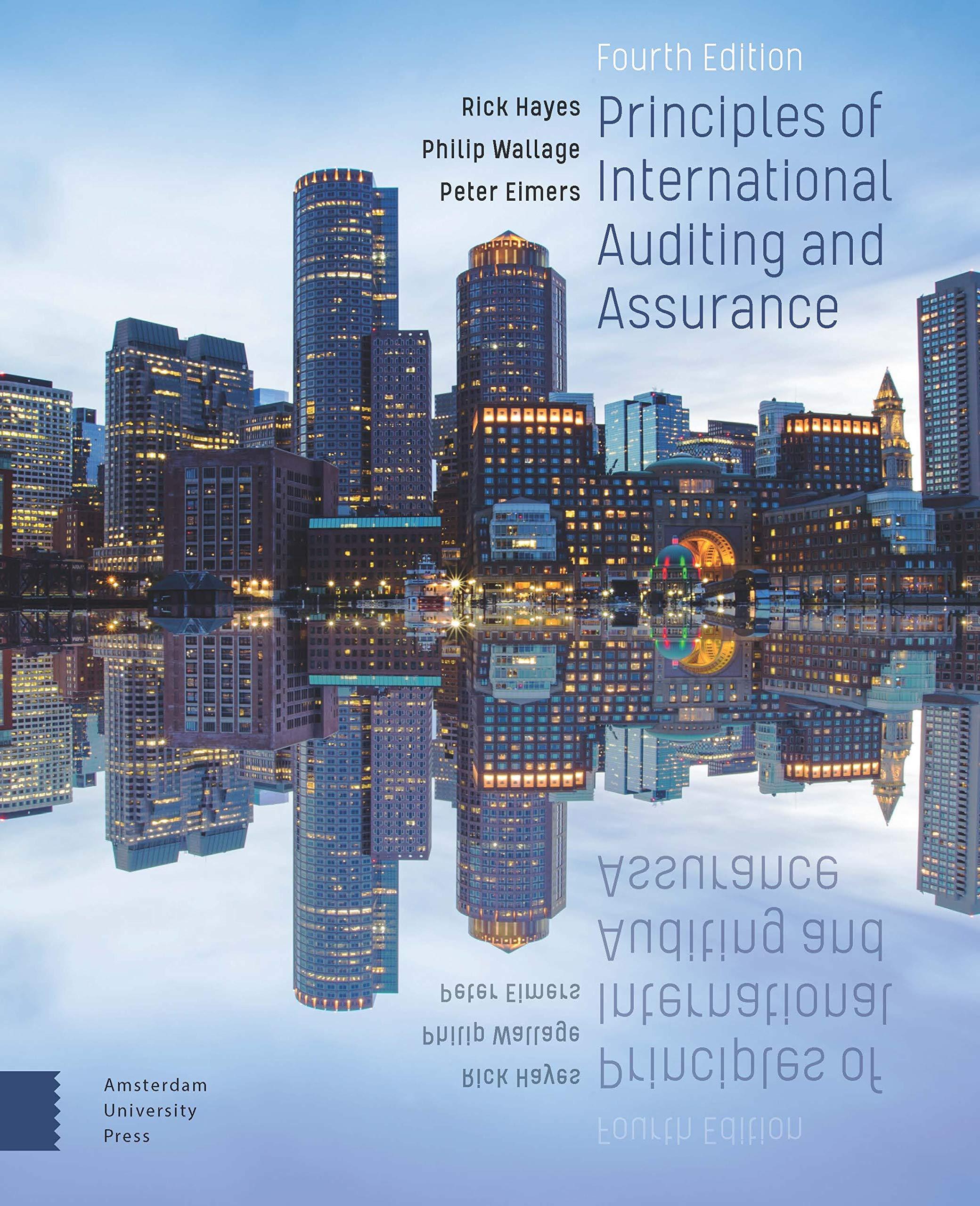Answered step by step
Verified Expert Solution
Question
1 Approved Answer
In 2017, Lisa and Fred, a married couple, had taxable income of $570,000. If they were to file separate tax returns, Lisa would have reported
In 2017, Lisa and Fred, a married couple, had taxable income of $570,000. If they were to file separate tax returns, Lisa would have reported taxable income of $142,500 and Fred would have reported taxable income of $427,500. What is the couples marriage penalty or benefit? Use Tax Rate Schedule for reference. (Do not round intermediate calculations. Round your answer to 2 decimal places. Input the amount as positive value.) 
Step by Step Solution
There are 3 Steps involved in it
Step: 1

Get Instant Access to Expert-Tailored Solutions
See step-by-step solutions with expert insights and AI powered tools for academic success
Step: 2

Step: 3

Ace Your Homework with AI
Get the answers you need in no time with our AI-driven, step-by-step assistance
Get Started


